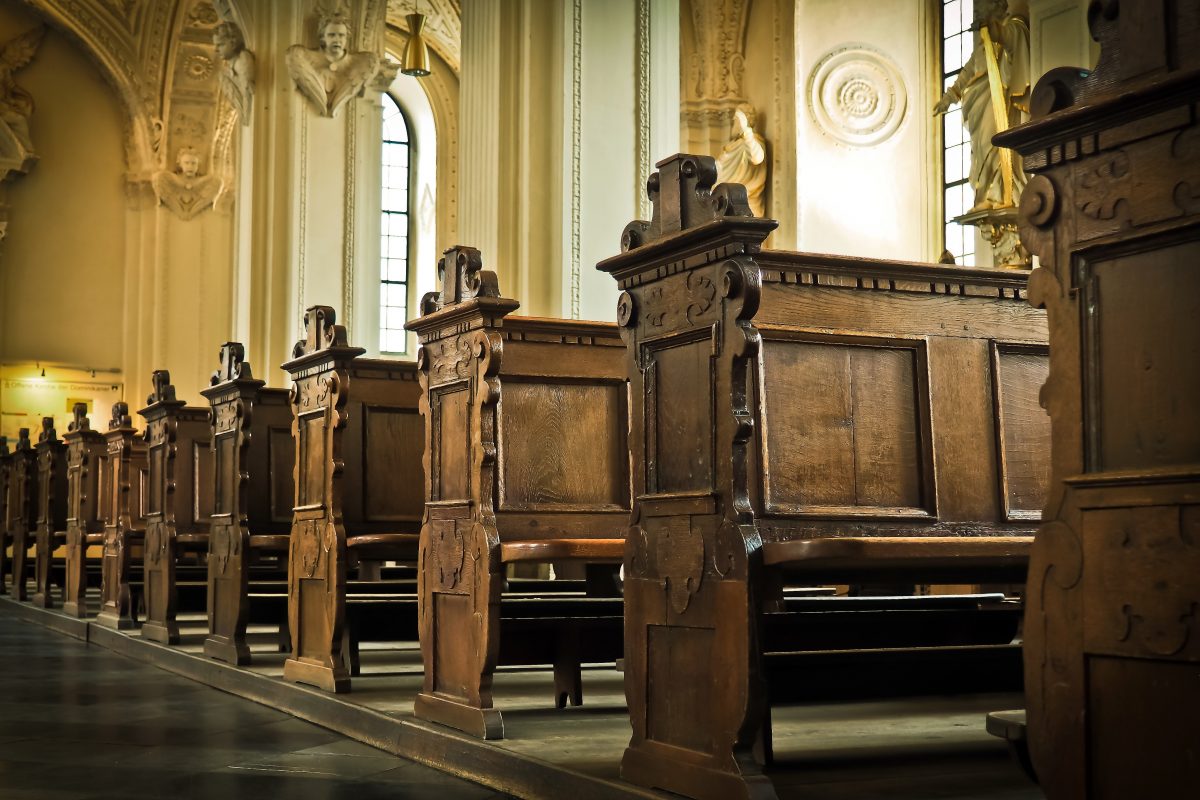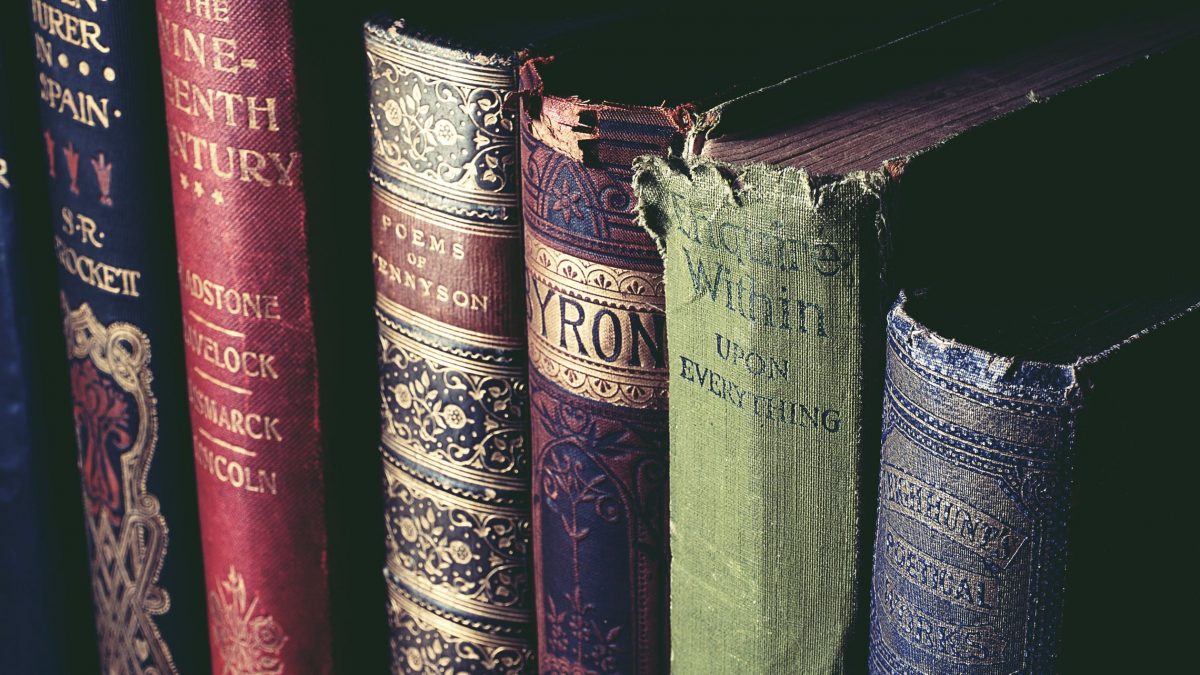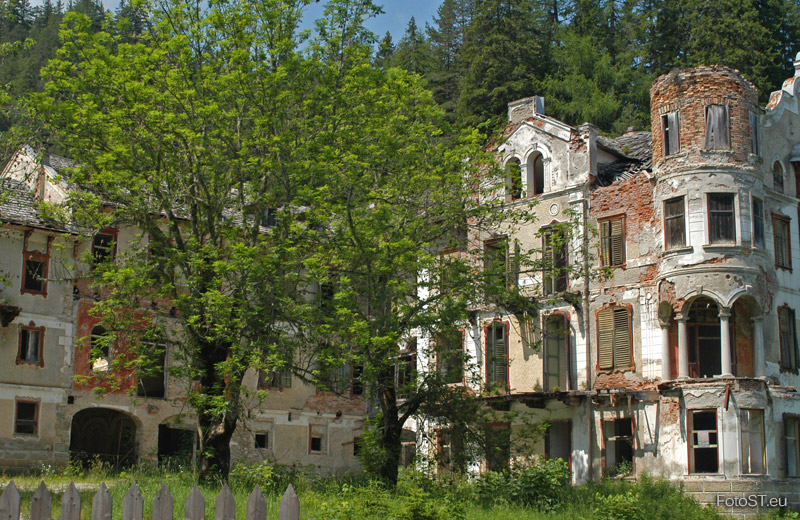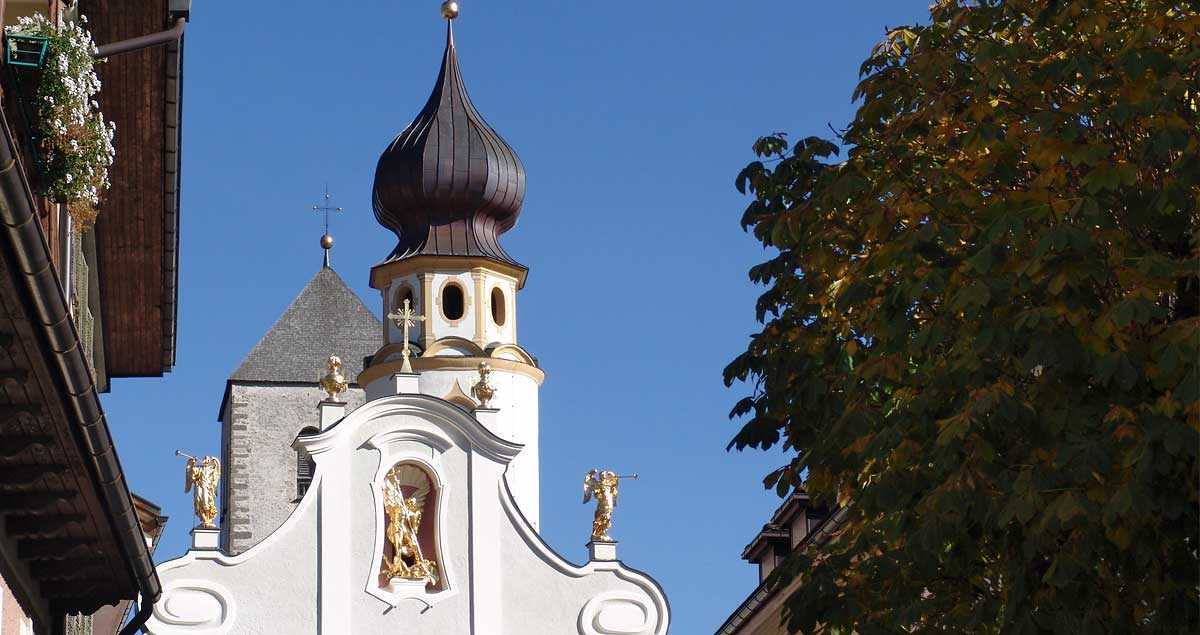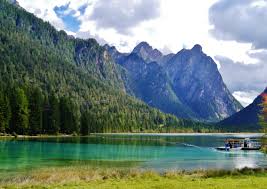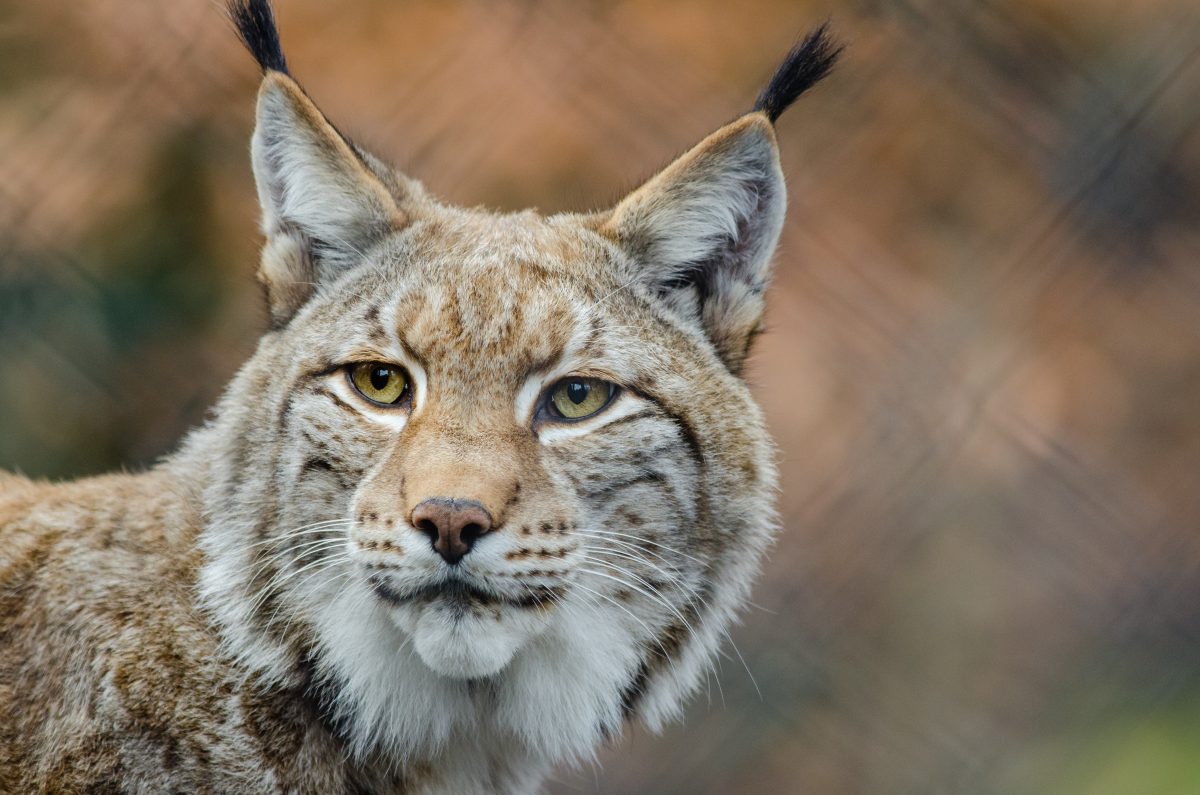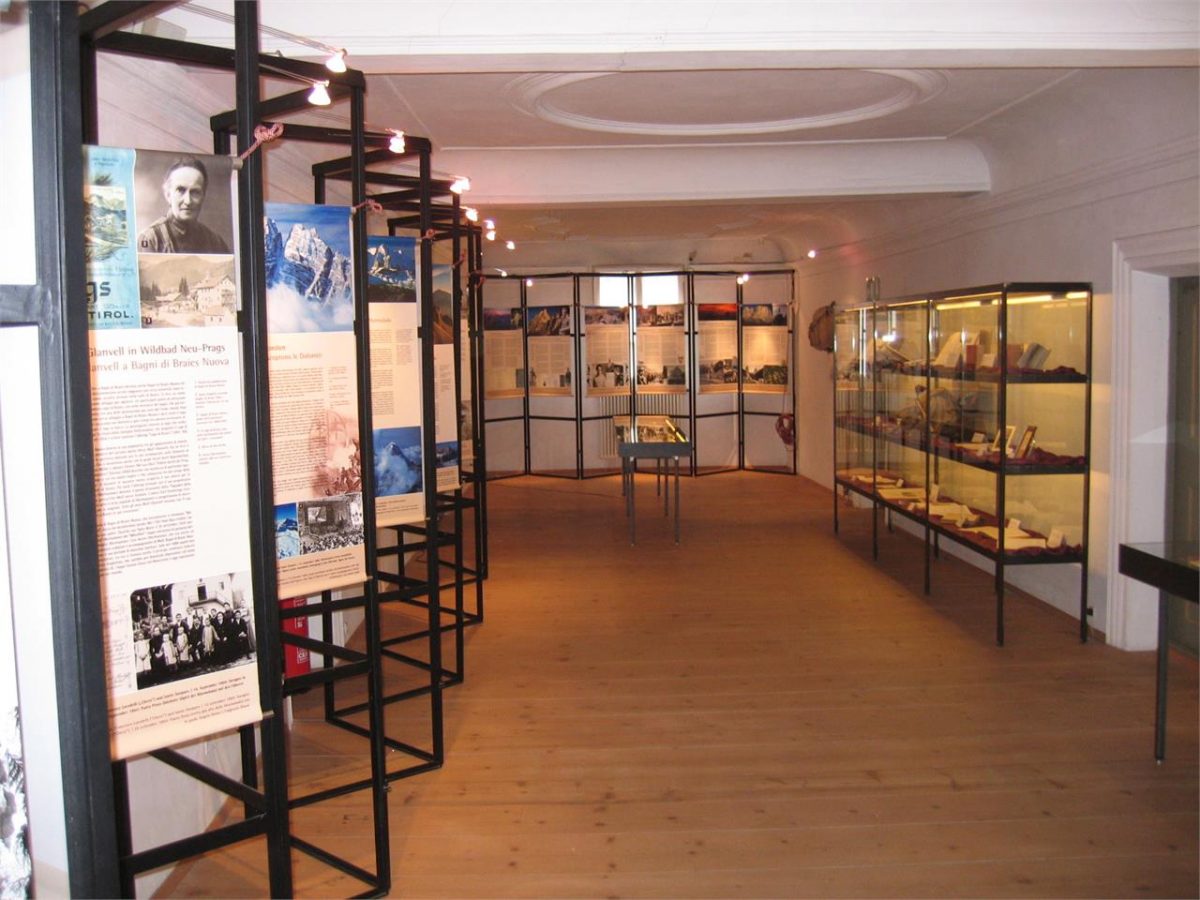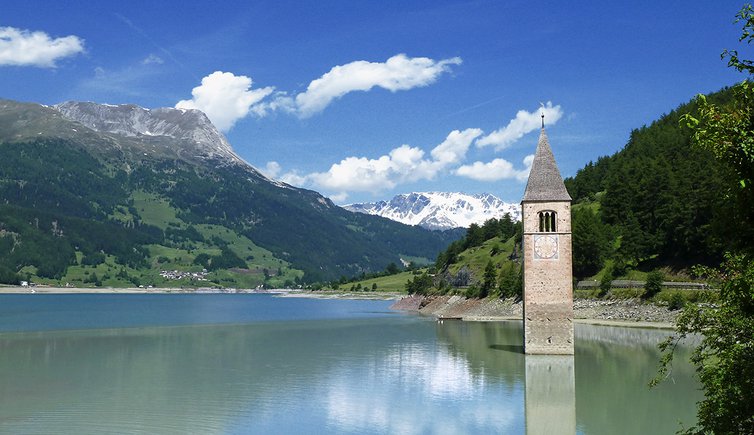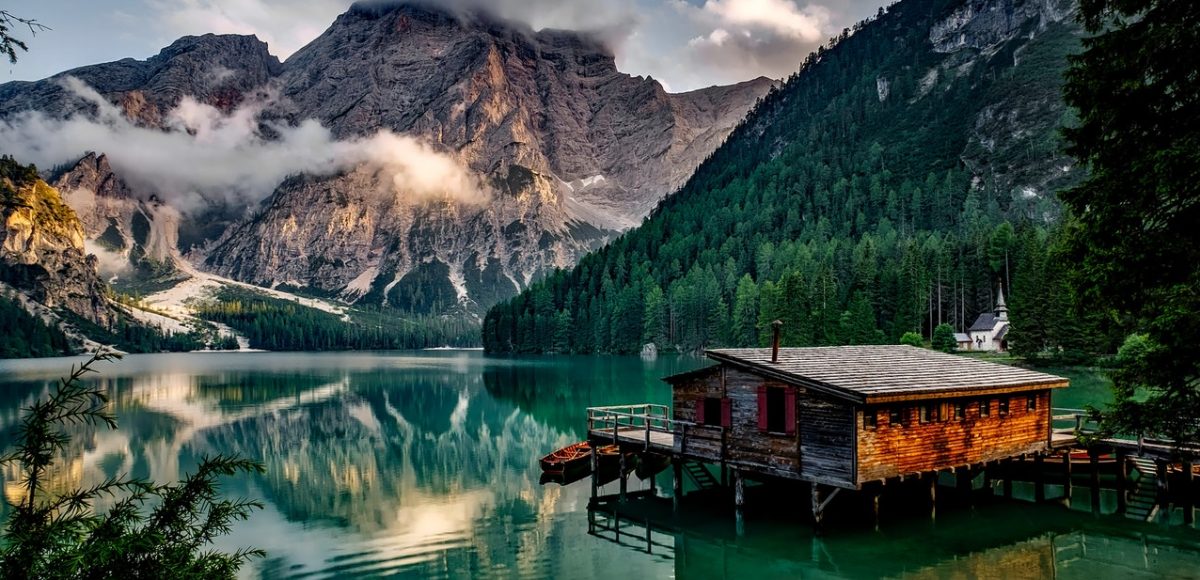How to reach the Castle Monguelfo
At the entrance of the Val Casies valley there is the oldest castle of upper part of the Val Pusteria: Castel Monguelfo.
Castel Monguelfo – “Schloss Welsperg” in German – is located above the eponymous village and is undoubtedly a particular castle complex, known as “core castle”. One of the oldest parts is the high donjon dating back to 1126 AD. The brothers Schwikher and Otto von Welsperg had this castle built – the Lords of Welsperg were one of the most significant noble families of Tyrol. Due to their smart commercial activity and administrative work as well as their wedding politics, they built up a fortune and increased their importance.
For this reason, in 1359 Georg of Welsperg purchased the castle on the opposite, Castel Torre – Burg Thurn in German. Consequently both castles were in possession of the Lords of Welsperg. In the 15th and 16th century, Castel Monguelfo near the homonymous village was considerably enlarged and reconstructed. In 1765 there was a fire which destroyed parts of the castle complex, including the great hall and the commercial building. Despite of the fact that there were renovation works, the castle started decaying and has no longer been inhabited.
Today the castle, under administration of the board of trustees “Kuratorium Schloss Welsperg”, is venue for numerous concerts and festivities, but it remains the private property of the Counts of Thun-Hohenstein-Welsperg. The complex is also open to the public – several exhibitions are dedicated to South Tyrolean artists, such as Paul Troger, the well-known Baroque painter born in Monguelfo, or the contemporary artist Robert Griessmair who is famous for his faces carved on wood trunks. And how to reach Castel Monguelfo? It is located above Monguelfo (Welsberg) and can be reached in a 10-minute walk. The 2.5 km long Castle Path, a round trail, leads from the village centre past the castle. The extended version, the 6 km long “Big Castle Round”, however, takes you also past the above mentioned ruin of Castel Torre.
Opening hours:
September 17th to October 31st 2019:
Thursday from 2:00 pm to 4:00 pm
Entry fees:
| Adults |
3,00 € |
| Children from 6-12 years and seniors over 65 |
2,00 € |
| Kids under 6 years |
free |
Contact:
Schloss Welsperg
St. Martin 10a
39030 Val Casies
+39 0474-944118
